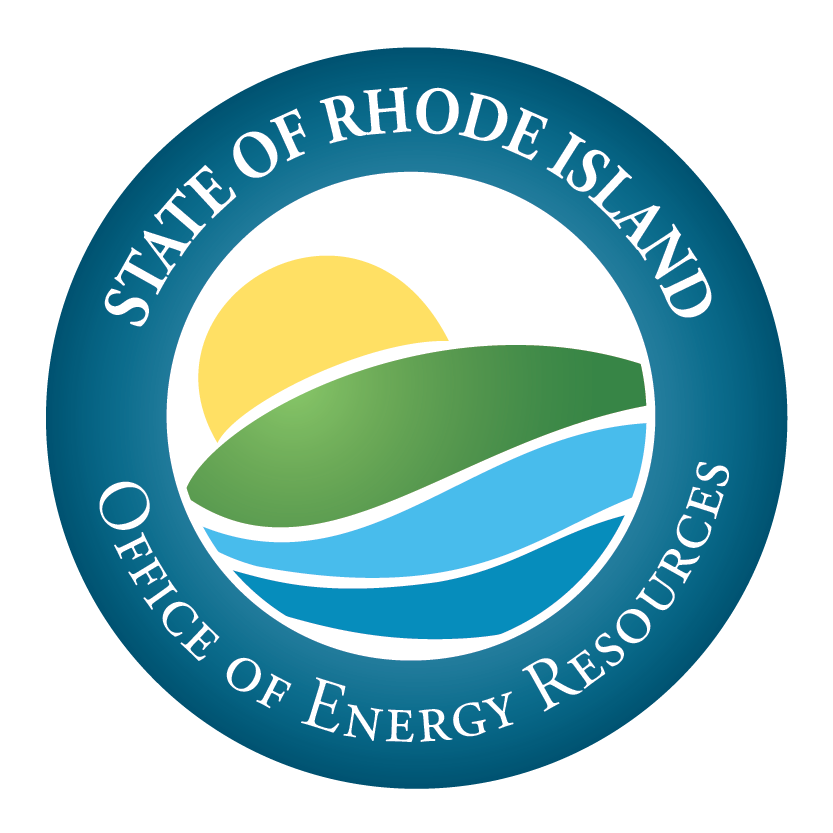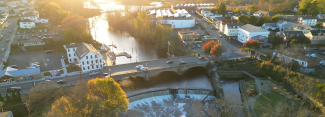
Energy Justice
What is Energy Justice?
The goal of energy justice is to supply reliable, safe, and affordable sources of energy to communities that have historically been negatively affected by the energy system, while addressing the social, economic, and health burdens. Equitable distribution of and access to energy is essential for energy justice.
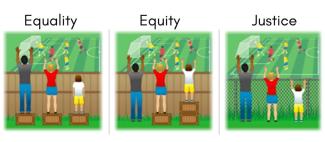
Equality = Sameness. Promotes giving everyone the same things.
Equity = Fairness. Ensures people get access to the same opportunities.
Justice = Everyone can see the game without support because all the causes on inequality were addressed. There is no longer a systematic barrier.
What is Energy Insecurity?
Energy Insecurity is the inability to adequately meet household energy needs that lead to serious implications for your health, including physical, economic, and behavioral aspects
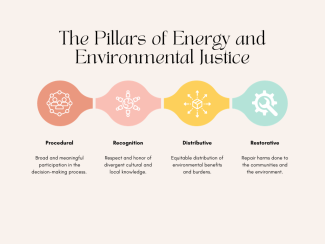
What is Energy Burden?
Energy burden is defined as the percentage of gross household income spent on energy costs.
What does energy burden look like in Rhode Island?
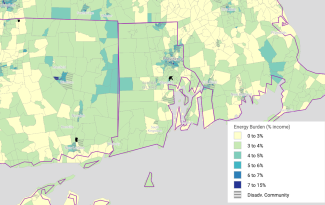
If you live in one of these communities, check out the Household electrification incentives calculator from Rewiring America to find out what energy incentives are available to you.
Clean Energy States Alliance's Solar with Justice Project
The Rhode Island Office of Energy Resources was a proud participant of the Clean Energy States Alliance's (CESA) Solar with Justice initiative, which began in 2021. CESA's Solar with Justice project is critical for advancing equity in solar energy deployment, particularly as states, territories and tribes pursue Solar for All initiatives. The goal of the project is to ensure low- and moderate-income customers are better represented in the solar development process, primarily by fostering connections between state energy offices and frontline community-based organizations (CBOs). By connecting communities with state agencies, they can be better equipped to share knowledge and information to help make decisions about going solar especially in low income and underserved areas.
Key Project Goals:
- Strengthen SEAs understanding of CBO perspectives
- Identify and address solar information gaps
- Involve CBOs in shaping solar initiatives
- Share models of how states can uplift CBO expertise in solar project design
Since the start of the project three years ago, CESA has released multiple reports and resources, including:
- US Community-Based Organizations and Solar: A Series of Reports
- National Database of Community and Renewable Energy Organizations (List)
- Community Outreach and Solar Equity: A Guide for States on Collaborating with Community-Based Organizations
- Solar Equity and State Policy: A Survey of State Energy Agencies
To further highlight the collaboration between CBOs and SEAs, CESA produced a series of short, three-minute video interviews titled Perspectives on Solar with Justice. Watch it here: https://www.cesa.org/resource-library/resource/solar-with-justice-video-interview-series/
Shauna Beland, OER's Director of Energy Programs and Policy, emphasizes that insights from this project will guide Rhode Island in the design and development of Solar for All programs. She highlights that community engagement remains a major challenge, especially in environmental justice areas and disadvantaged communities. OER is committed to building and strengthening meaningful relationships with RI's underserved populations to create a more inclusive solar future.
